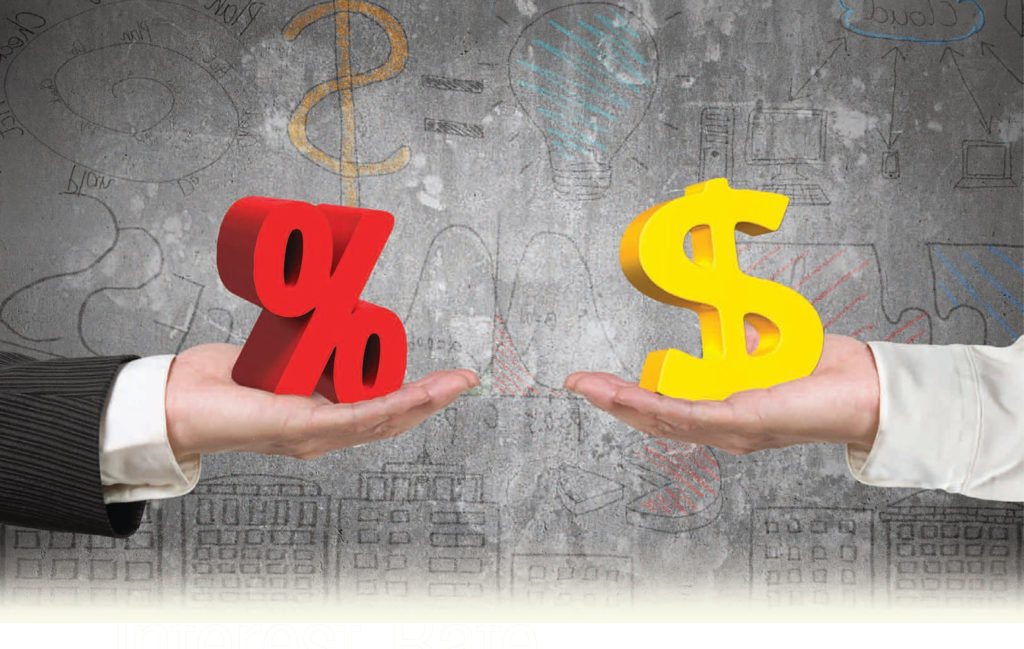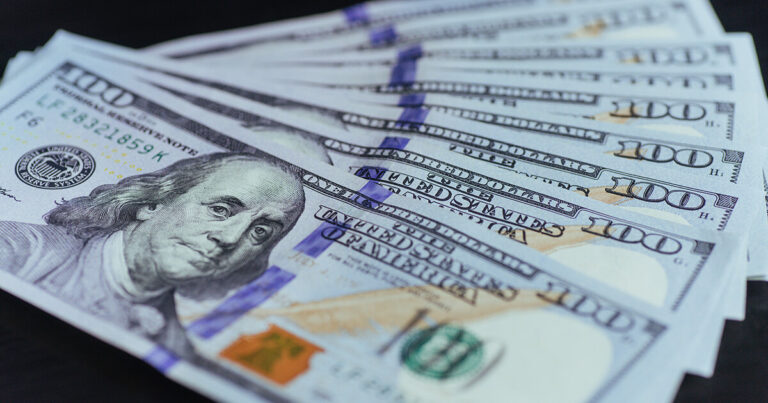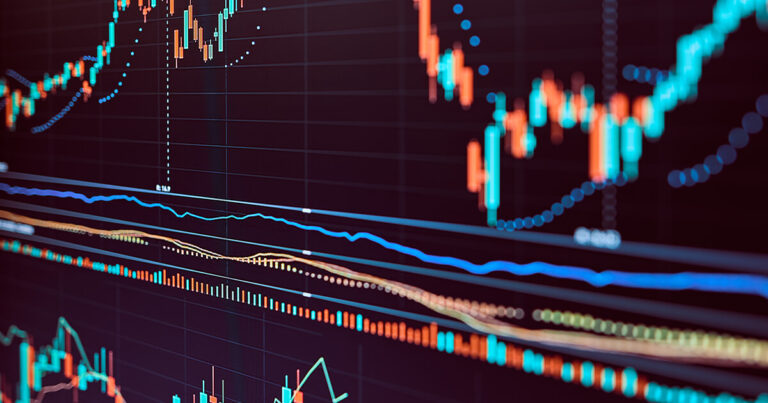
You’ve probably heard that forex rates are continually changing. But here’s the thing, interest rates differences make the world of forex go around. To a new trader, things might seem pretty much random and damn near mysterious. However, with time, you realize that specific factors determine the exchange rates between currencies. In other words, currency rates are probably the most significant determining factors for any currency’s perceived value.
The Economy Cycle
A country’s economy may be expanding or contracting. In developing economies (GDP Growth positive), consumers earn more, causing them to spend more. The result is that there is more money to buy fewer goods- this triggers inflation.
In simple terms, inflation is a steady increase in the cost of buying goods and services.
For example, it’s because of inflation that a soda pop sold for a nickel in the 1920s. Nevertheless, today we have to pay over twenty times more to buy that same soda pop!
Inflation is inevitable for any growing economy. However, too much-unchecked inflation harms the economy. Hence, central banks around the world use such indicators as PCE and CPI to monitor inflation levels in their respective countries closely. To maintain comfortable inflation levels (about 2%), a central bank may increase interest rates. Higher rates bring down inflation, discourage borrowing, and slow economic growth in a country.
How does this occur?
Say your bank increases its interest rates from 5% to 10%. Would you rather borrow money with the new rates or save money? It’s obvious–you’d save your money. If the interest rates are high, borrowing/loans become expensive. On the other hand, it’s more lucrative to let your money sit in the bank if the interest rates are high.
The opposite holds true. People tend to borrow more if the interest rates decrease. In so doing, retail and capital spending increase and overall economic growth picks up.
What Is Interest Rate?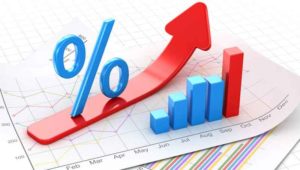
An interest rate is an amount charged for a loan. Currency markets are affected by sovereign interest rates. Countries need capital to run. Sometimes, they get this capital by issuing loans in the form of bonds. The interest’s rates charged for this kind of loans is referred to as the sovereign interest rate.
How Do Interest Rates Affect Currency?
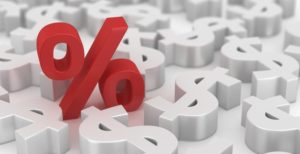 A country’s sovereign interest rates determine how likely investors are to invest in that country. Global investors will generally pour their money into countries with high rates, hoping to get a piece of the return. If the rates are low, investors will generally choose to take their money elsewhere. Therefore, higher interest rates will attract global funds into a country. Conversely, low interest rates drive global funds away from a country.
A country’s sovereign interest rates determine how likely investors are to invest in that country. Global investors will generally pour their money into countries with high rates, hoping to get a piece of the return. If the rates are low, investors will generally choose to take their money elsewhere. Therefore, higher interest rates will attract global funds into a country. Conversely, low interest rates drive global funds away from a country.
The net effect is that a currency will strengthen if the country’s interest rates are high. A currency surrounded by low interest rates is, on the other hand, more likely to weaken over time.
Pretty simple stuff, right?
All you have to remember is that domestic interest rates will have a direct effect on how the key players in the global market feel about the value of one currency in relation to another.
Interest Rate Predictions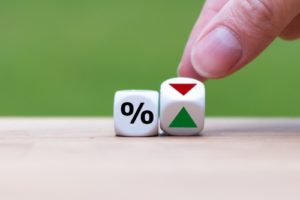
Like any other market, the forex market is ever-changing. Likewise, interest rates fluctuate- but they don’t shift as often. It’s also easy for the market to “price” the current interest rates into the currency prices. However, market expectations on the slope and direction of interest rate changes shift on a week-to-week basis.
Thus, a forex trader doesn’t need to spend too much of their time and effort working out the current rate. It’s much more efficient to focus on where the rates are headed.
In fact, interest rate may impact forex markets through changes in the predicted interest rates.
Let’s look at a few scenarios:
- If the market rate is predicted to hike, but it holds, the currency value depreciates
- If the market rate is predicted to drop, but it holds, the currency value appreciates
- If the market rate is predicted to hold, but there’s a rate hike, the currency appreciates in value
- If the market rate is predicted to hold, but it drops, the currency depreciates in value
The Interest Rate Differential
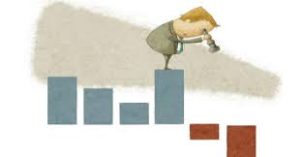 How can a forex trader find out whether a currency will strengthen or weaken over time? They may consider the difference between one currency’s interest rates and that of another. This difference between two currencies is the interest rate differential. The interest rate differential can help you identify shifts in currencies that aren’t so obvious. Generally, if the interest rate differential is rising between two currencies, the higher-yielding currency is growing stronger. A narrowing differential is, however, positive for a lower-yielding currency.
How can a forex trader find out whether a currency will strengthen or weaken over time? They may consider the difference between one currency’s interest rates and that of another. This difference between two currencies is the interest rate differential. The interest rate differential can help you identify shifts in currencies that aren’t so obvious. Generally, if the interest rate differential is rising between two currencies, the higher-yielding currency is growing stronger. A narrowing differential is, however, positive for a lower-yielding currency.
Therefore, you can almost predict a large market swing for a currency pair if one currency interest rates go up while the other currency’s rates decrease.
Pick A Currency Pair, Any Pair
The significance of these differences may be exemplified in various ways. Let’s consider a few examples. In carry trading, a trader picks a high-interest-rate currency and pairs it with one with a low interest rate. The trader then holds this currency pair for the currency that pays more interest. By using rollover, the trader will receive daily payments based on the interest rate differential.
When you trade (sell or purchase) a currency pair, you will be buying one currency while simultaneously selling the other currency. Your trade may be settled within two business days.
This is called a spot market transaction. You may also choose to hold your currency transaction for longer than 2 business days in which case you will be entering into what is known as a forward trade.
The rates for a forward trade are also calculated based on these differences. Some people refer to interest rate differential as the forward point. The forward point, in turn, determines the currency forward rate.
So, What’s the Take Home Message Here?
A forex trader must look at the full picture. After all, trading is just but a game of relation. So, know the country you are pairing a currency against. Understand how it’s doing economically. Consider whether it’s raising or lowering its interest rates. If you can understand how each currency is moving in terms of currency interest rates, you are okay to make a trade.

